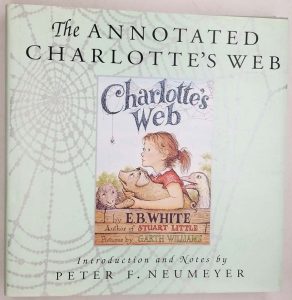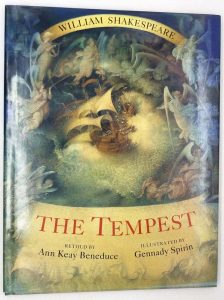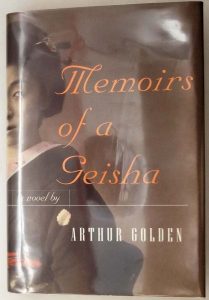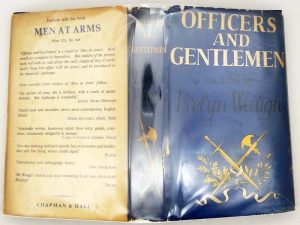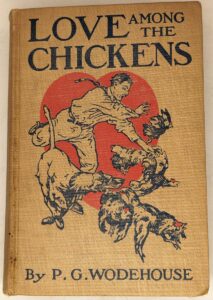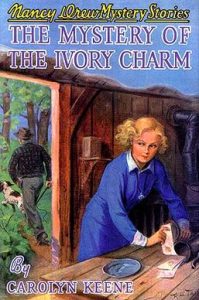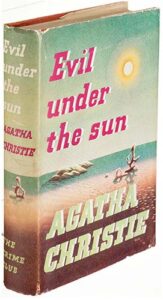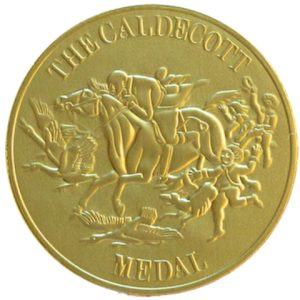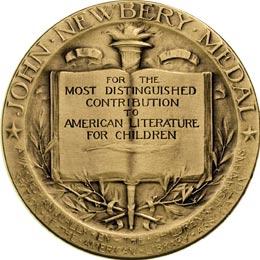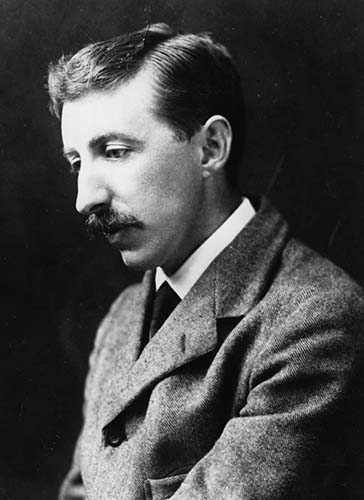
Edward Morgan Forster OM CH (1 January 1879 – 7 June 1970) was an English fiction writer, essayist and librettist. Many of his novels examine class difference and hypocrisy, including A Room with a View (1908), Howards End (1910) and A Passage to India (1924). The last brought him his greatest success. He was nominated for the Nobel Prize in Literature in 16 separate years.
Forster had five novels published in his lifetime. Although Maurice was published shortly after his death, it had been written nearly sixty years earlier. He never finished a seventh novel, Arctic Summer.
His first novel, Where Angels Fear to Tread (1905), is the story of Lilia, a young English widow who falls in love with an Italian, and of the efforts of her bourgeois relatives to get her back from Monteriano (based on San Gimignano). Philip Herriton’s mission to retrieve her from Italy has features in common with that of Lambert Strether in Henry James’s The Ambassadors. Forster discussed that work ironically and somewhat disapprovingly in his book Aspects of the Novel (1927).
Forster achieved his greatest success with A Passage to India (1924). The novel takes as its subject the relationship between East and West, seen through the lens of India in the later days of the British Raj. Forster connects personal relationships with the politics of colonialism through the story of the Englishwoman Adela Quested, the Indian Dr. Aziz, and the question of what did or did not happen between them in the Marabar Caves. Forster makes special mention of the author Ahmed Ali and his Twilight in Delhi in his Preface to its Everyman’s Library Edition.
E. M. Forster was awarded a Benson Medal in 1937. In the 1930s and 1940s Forster became a notable broadcaster on BBC Radio, and while George Orwell was the BBC India Section talks producer from 1941 to 1943, he commissioned from Forster a weekly book review. Forster became publicly associated with the British Humanist Association. In addition to his broadcasting, he advocated individual liberty and penal reform and opposed censorship by writing articles, sitting on committees and signing letters.
E. M. Forster – First Editions Identification Guide
| Year | Title | Publisher | First edition/printing identification points |
|---|---|---|---|
| 1905 | Where Angels Fear to Tread | William Blackwood & Sons, London, MCMV | Slate-blue cloth boards; lettered in gold on spine. Dust jacket (6s). 1050 copies printed. Publisher’s advertisements, inserted at the end. There are three states of advertisements, probable priority:
|
| 1907 | The Longest Journey | William Blackwood & Sons, London, MCMVII | Dark green cloth boards; lettered in gold on spine. Dark green cloth boards; lettered in gold on spine. Powder-blue dustjacket printed in pale navy-blue (6s) 1587 copies printed. Notes: There was a second impression of 525 copies in June 1907. ALSO: New York: Alfred A. Knopf, 1922. First American edition. Orange cloth boards; lettered in black on spine. Dust jacket ($2.50). 2100 copies printed. "Published, March, 1922" stated on © page. |
| 1908 | A Room with a View | London: Edward Arnold & Co., 1908 | Dark red cloth boards; lettered in gold on spine. Dark rose-pink dust-jacket, printed in black (6s). 2000 copies printed. Notes: There was a second impression of 500 copies in January 1909 and probably a third in 1911. ALSO: G. P. Putnam's Sons, New York, 1911. First American edition. Brown-pink cloth boards; lettered in gold on spine. Dust jacket ($1.35). 2027 copies printed. |
| 1910 | Howards End | London: Edward Arnold & Co., 1910 | Dull red cloth boards; lettered in gold on spine. Dust jacket (6s). 2500 copies printed. Two issues, priority as listed:
|
| 1911 | The Celestial Omnibus | London: Sidgwick & Jackson Ltd., 1911 | Pale brown cloth boards; lettered in gold on spine (3s/6d).. 1000 copies printed. Notes: There was a second impression of 500 copies in February 1912; lettered in black on spine and on upper cover |
| 1920 | The Story of the Siren | The Hogarth Press, 1920 | White thin paper wrappers marbled either in bright blue or in green, pale grey and orange with edges turned under (2s/6d). 500 copies printed. Three states, priority as listed:
|
| 1922 | Alexandria | Alexandria: Whitehead Morris, 1922 | Buff paper boards; printed in pale navy-blue up the spine (7s/6d). Notes: In some copies the plan facing p. 144 is incorrectly placed to face p. 44. |
| 1924 | A Passage to India | London: Edward Arnold & Co., 1924 | Two issues, no priority:
Notes: There were further printings in 1924 of 2625 copies in August, 2500 and 3000 in September, 3000 and 4275 in October, 5000 in November, 3000, 2000 and 5325 in December, in 1925 of 2500 and 5000 in February and 2000 in July. |
| 1928 | The Eternal Moment | London: Sidgwick & Jackson Ltd., 1928 | Maroon cloth boards; lettered in gold on spine. Pale grey dust-jacket printed in black (5s). 3720 copies printed. "First Impression of this Collection, March 1928" stated on © page. ALSO: New York: Harcourt, Brace and Co., [1928]. First American edition. Oxford-blue cloth boards; dull yellow printed label on spine. Dust jacket (2.50). 2,000 copies printed. "copyright, 1928, by | Harcourt, Brace and Company, Inc." stated on © page. Notes: There was a further printing of 1000 copies in July 1928. |
E. M. Forster – First Printing Dust Jackets Identification Guide
Gallery of First state Dust Jackets of Forster’s works. Only includes the first appearance in book form. Either the UK or US edition and does not include later printings.
Reference:
- Wikipedia
- B. J. Kirkpatrick: A Bibliography of E. M. Forster
